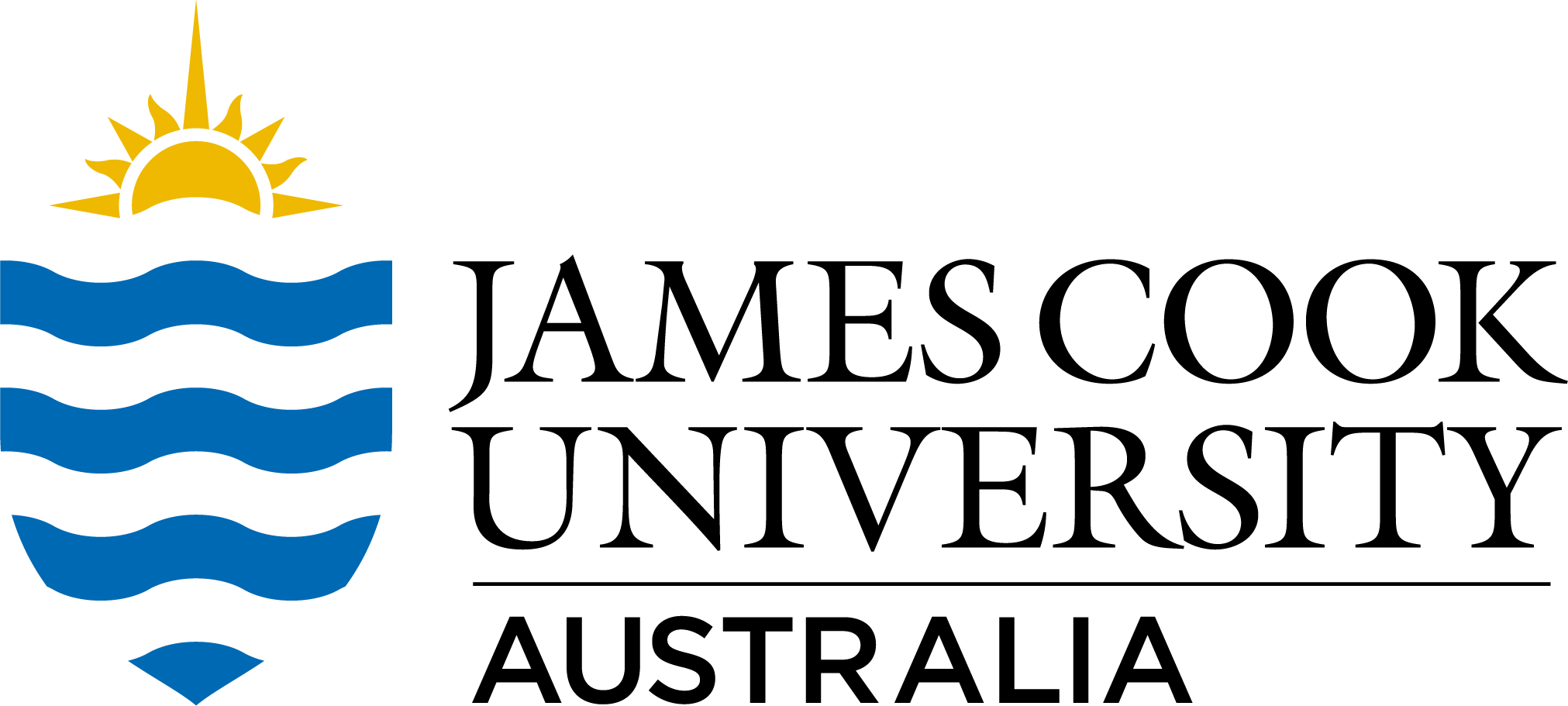Full description
Background [Extract from Related publication]:
The ratio of surface area to volume is a key biological parameter that underpins our understanding of physiology across all levels of biological organisation. Surfaces control the rate of key reactions and processes operating within the body and between organisms and their environment. Our understanding of surface area to volume ratios is embedded in the 2/3 scaling law, stating that surface area scales with volume raised to a power of 0.66. The 2/3 law is widely accepted despite a near-total lack of empirical evidence, particularly when comparing among species or ontogenetic stages at the whole-organism level. This study uncovers quantitative support for the 2/3 scaling law in an interspecific dataset at the whole-organism level. We find that the scaling of surface area to volume across 54 shark species (exhibiting a ~19,000-fold variation in body mass) is nearly identical to the isometric prediction of the 2/3 scaling law. There is no evidence that this relationship is driven by ecological or physiological characteristics. Rather, we suggest that surface area to volume ratios at the whole-organism level may be determined by developmental constraints on tissue allocation.
Materials and Methods [Extract from Related publication]: To facilitate the collection of surface area and volume data, we produced a series of anatomically accurate three-dimensional models of 54 shark species. Full body computerised tomography (CT) scans of 50 species were obtained from Kamminga et al. 2017 and segmented to remove background material and internal anatomy in 3D Slicer v5.3 (Fedorov et al., 2012) and converted to three dimensional meshes. Segmented CT scans were imported into Blender v4.0 (Community, 2018) for further processing. Specifically, we removed internal geometry not eliminated during the segmentation process (i.e., typically material relating to the gill arches and neurocranium). Additionally, we used fill and smoothing tools to ensure that meshes lacked perforations, and to remove wrinkles or deformations resulting from specimen preservation. This was necessary as the CT scans used in this study come from museum specimens preserved in fluid alcohol, which typically demonstrate minor creasing, wrinkling, and deformation of the dermis. It should be noted that, whilst some minor deformation may occur, long-term fluid preservation does not alter morphometric relationships in fishes (Larochelle et al., 2016), and all of these specimens were subject to preservation under identical conditions. We supplemented this initial dataset with publicly available meshes of four species produced through 3D photogrammetry (Digital Life 3D). Whilst more data of this nature were available, we limited photogrammetry-mediated meshes to those made from one specific individual, as opposed to those recompiled from photographs and measurements of multiple individuals. Smoothing tools were again used in Blender here where necessary to close all mesh perforations. Total length values for each mesh were extracted from the metadata, and we calculated both surface area and volume values in Blender using the 3D Printer add-on.
We obtained a set of 10,000 phylogenetic trees for all extant shark species from Stein et al. 2018, from which we generated a maximum clade credibility (MCC) tree in R using the package ape (Paradis and Schliep, 2019). We then pruned this MCC tree to match our dataset using the R package picante (Kembel et al., 2010) and visualised this pruned tree prior to data analysis to ensure that pruning did not result in any notable changes to phylogenetic interrelationships or branch lengths. We also collected ecological data (regarding trophic level, depth ranges and latitudinal ranges) from the Fishbase online database (Froese and Pauly, 2010).
This dataset consists of:
- “mcc_savv.csv” a spreadsheet containing all surface area, volume, body size and ecological data, that can be read directly into R using the ‘read.csv’ function
- “mcc_tree.nex” a nexus file containing phylogenetic data, which can be read directly into R using the ‘read.nexus’ function
- “surface_and_volume_scaling.R” the complete R script necessary to reproduce all results and figures from the manuscript. Note that this script requires the installation of several libraries prior to execution of the code, details of which are provided in the ‘load packages’ section.
--//--
Software/equipment used to manipulate/analyze the data:
RStudio 2022.07.2+576 "Spotted Wakerobin" Release (e7373ef832b49b2a9b88162cfe7eac5f22c40b34, 2022-09-06) for macOS Mozilla/5.0 (Macintosh; Intel Mac OS X 12_6_0) AppleWebKit/537.36 (KHTML, like Gecko) QtWebEngine/5.12.10 Chrome/69.0.3497.128 Safari/537.36.
Created: 2025-05-21
Data time period: 05 08 2024 to 05 08 2024
Spatial Coverage And Location
text: Townsville, Queensland, Australia
User Contributed Tags
Login to tag this record with meaningful keywords to make it easier to discover
- DOI : 10.25903/RJ1A-S123

- Local : researchdata.jcu.edu.au//published/2ef2b4d0554f11ef9a9097d002b08b01


